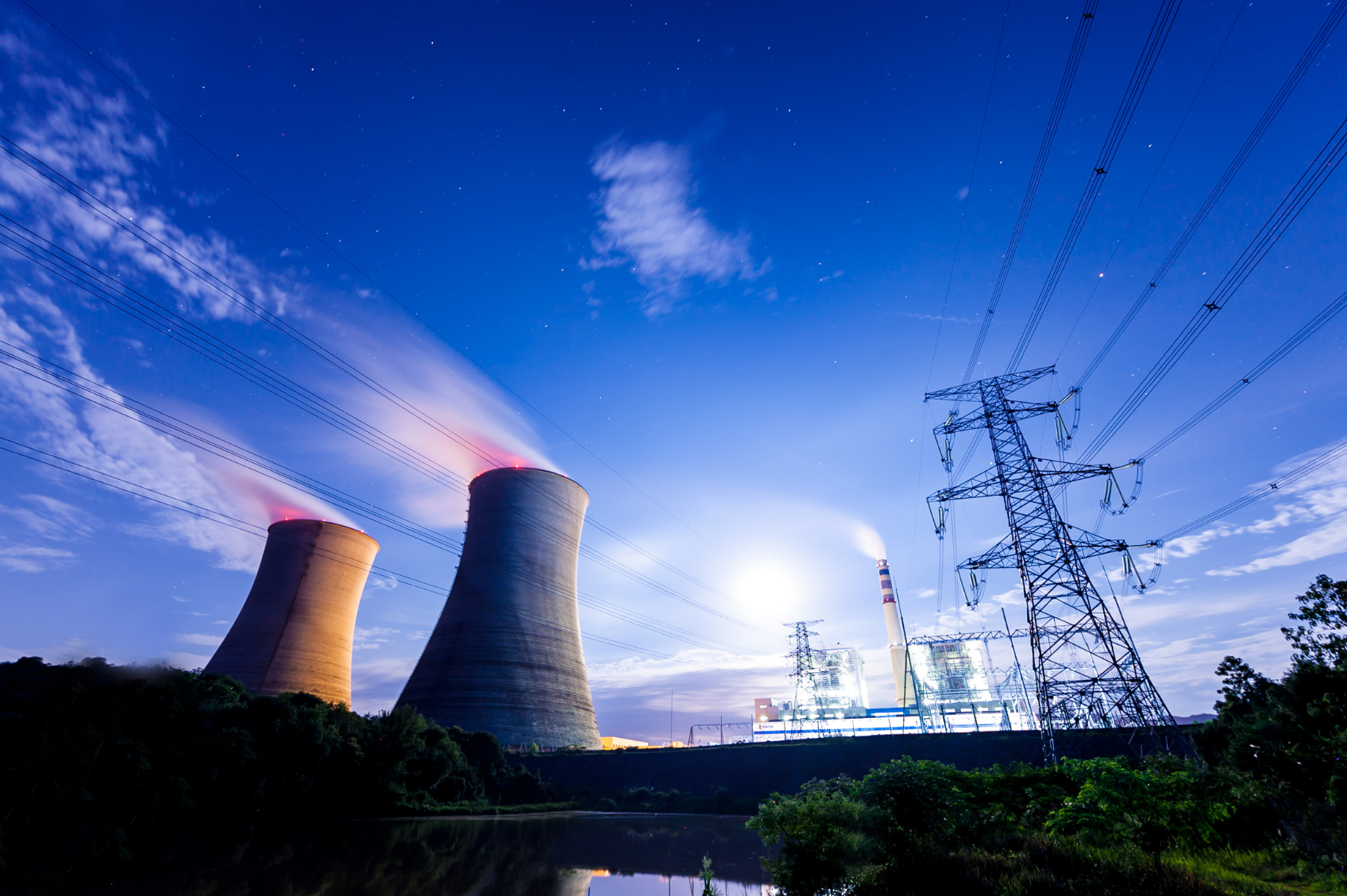
The FY21 financial results demonstrate the huge reliance AGL has on the wholesale electricity market with profits dropping 33.5% to $537M. These results have not been favourable for investors with dividends also down to $0.75 per share.
Revenue from consumer customers increased 1.1% thanks to an increase in customer numbers but large business customers revenue fell by 12.4% because of COVID related consumption drops and finally there was a drop of 4.6% for wholesale customer revenue driven by lower volumes and lower prices.
With the restructure of the business, AGL is looking to lead into a new future. Part of the new future is the decarbonising of the business and the move towards renewables.
AGL Energy CEO has called for a national plan to phase out coal fired generation to protect consumers and jobs if the energy transition falls into chaos.
The concern for the industry is that events like the Callide C4 turbine failure or the flooding of the Yallourn mine could trigger price shocks and blackouts. Other concerns include the increased penetration of cheap renewable energy and batteries that will make coal fired generation uneconomic, leading to early retirement.
AGLs idea has been endorsed by the majority of companies with coal fired generation assets. The Energy Security Board (ESB) has also flagged a scheme may be required to enable the orderly retirement of assets while keeping the grid stable.
AGLs CEO said “a plan is needed that goes beyond the reforms proposed for the National Electricity Market to give certainty to industry, investors, consumers and others about the pathway towards the eventual shutdown of plants”. This is something that would work in Queensland that has historically been reluctant to announce the early retirement of power station following the impact on regional jobs.
Alinta’s CEO has supported the AGL idea. Alinta operates Loy Yang power station which supplies a large quantity of baseload electricity in Victoria.
Origin’s CEO also supports the plan, saying they want to avoid a messy transition to low carbon energy.
We all agree a transition plan to reach renewable energy and emission targets is useful for owners and operators of coal fired generation to manage the life of their plant, but we must remember the owners of these assets are ultimately responsible for the utilisation of their assets. If they are under financial pressure and the units are becoming uneconomic, they can notify the market and retire the units or simply mothball the units.
Apart from sudden shocks to the market like what occurred following the Callide failure, other units in the generation mix pick up the difference very quickly. If the market is working correctly, the lowest cost solution is always found.
The Energy Security Board is working on plan to transition to a low carbon market to alleviate the concerns of generators with other enhancements including a two-way market to benefit consumers.
It is understood the ESB is developing a strategic reserve mechanism for generators to ensure adequate supply and certainty of available capacity. This mechanism will include capacity payments for dispatchable generation to supply the much need system security service they provide rather than just the electricity they generate.
With increased pressure on the federal government to reduce emissions to meet net zero by 2050, coal will need to make room for renewable energy. The question is, should coal generation be pushed out based on economics or should the industry and ultimately end users’ subsidies the coal generators to keep the lights.
